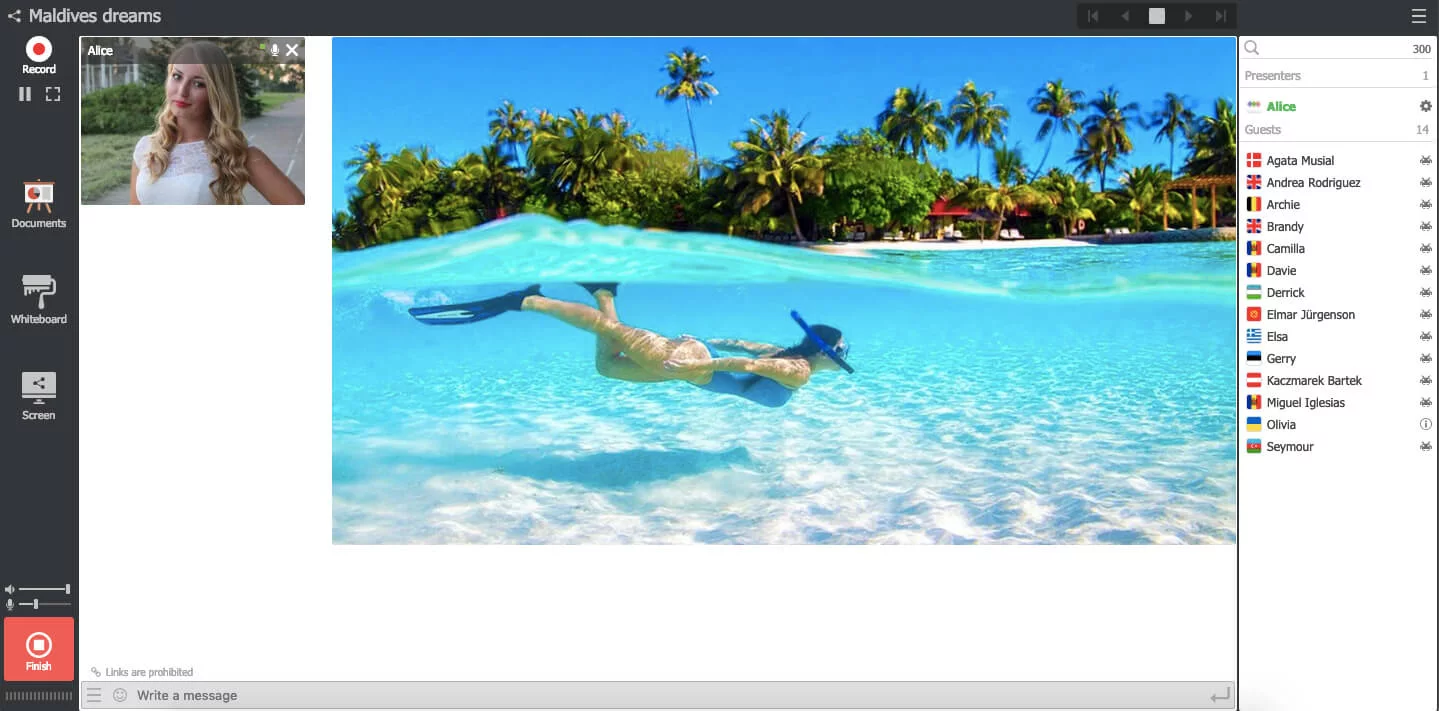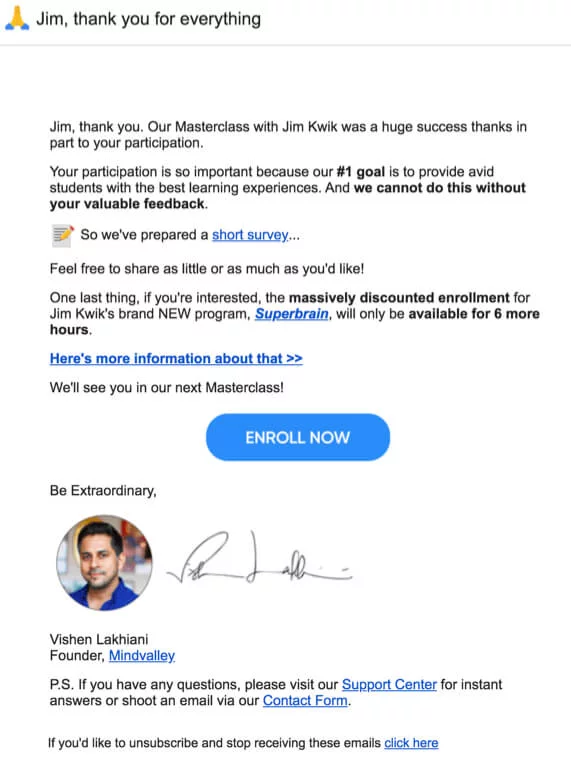
With more and more people choosing video over traditional media, it is only a matter of time when webinars become as common as static ads or blog posts.
Choosing Between Live and Automated Webinars
Summarize with
Table of contents
However, the question arises: what format should one follow to attract the most leads and get the highest return on investment?
An automated webinar is exactly what the name suggests, it runs automatically. You record it beforehand and make it available either at a set time or whenever viewers want to watch it. You do not need to be present when it goes live. From your audience’s point of view, you could easily be relaxing and taking an afternoon nap while your flawless presentation does the work for you.
A live webinar happens in real time. You have to be there for your audience, delivering your presentation and answering their questions at that very moment. You basically trade off an afternoon nap for a chance to connect with the participants on a more personal level.
There are also hybrid webinars which combine the features of automated and live webinars in a way that most suits your business. For instance, you may greet the audience in real time, move on to a pre-recorded presentation and address their questions and concerns in the meantime.
Pros and cons of automated webinars
These are the main reasons to choose automated webinars
- Polished content
- High-quality video
- Increased market coverage
- More opportunities
Your automated webinar is often your best presentation, and it naturally leaves a strong positive impression. In addition, a pre-recorded webinar can be edited so you can include engaging transitions and effects, while removing long pauses and speech mistakes.
While a live webinar is prone to a bad internet connection, cutouts and power outages, a pre-recording is exempt from these issues. Your HD or Full HD recording will make you and your business look more professional, thus, rendering your proposition more trustworthy.

An automated webinar allows you to scoop up the audience from all over the globe, without having to disrupt your sleep schedule. Simply make your best presentation available on demand and see your conversion rate skyrocket.
The most obvious benefit of automated webinars is, of course, the amount of time and energy it saves you. This will allow redirecting your efforts towards other imminent goals, such as improving your product, updating the landing page, negotiating with potential partners, etc.
These are the main reasons not to choose automated webinars
- Less personal
- Less interactive
- Quick to become outdated
- Danger of complacency
Even though your automated webinar is clearly your best effort, it can also come off as devoid of personality. Customers prefer dealing with real people who make mistakes and may have occasional slips of the tongue. To avoid this issue, let small imperfections seep through your ideal presentation.
Your customers can be very busy people, and they simply may not have the time or patience to wait for your clarifications. That is why it is important that you at least tune in to answer participants’ questions or delegate that responsibility to someone reliable, rather than be absent from the webinar entirely.
Whenever you choose to broadcast a pre-recorded webinar, consider how up-to-date the information it contains really is. That includes statistical data, research findings, cultural references, and many other things. Webinars do have an expiration date. You should keep it in mind and re-record if necessary.
One of the less obvious dangers of automated webinars is the danger of complacency. When you have something working on autopilot for a long time, it’s harder to spot a decline in sales or conversions. You should just be aware that nothing lasts forever and monitor the success of your webinar consistently.
Pros and cons of live webinars
Here is why you should opt for live webinars
- A more personal approach
- Higher adaptability
- Current offers
- Follow-up opportunities
Let’s start from a simple fact that you can address your participants by name, thus, acknowledging their presence and engaging them in a dialogue. This may seem like a minor benefit, but such a simple maneuver can serve as a foundation for a life-long friendship between you and your clients.
Live webinars are much easier to change and adapt to the ongoing situation than automated ones. However, that requires you to keep your ear to the ground and listen to your audience. Do not get fixated on your webinar, but rather focus on your participants’ current mood and expectations.
When you host a live webinar, you can create special limited-time offers that encourage participants to act quickly. For example, you might offer a small discount for the next online course, include free delivery, or provide exclusive merchandise from your brand.
Emailing after a live webinar can help strengthen the bond between you and your audience. Thank them for participating and reiterate your offer as well as its time limitations. Give a sneak peek into your future plans and present invitations for the upcoming webinars. Build relationships, not clientele.

Here is why you should opt out of live webinars
- Error-prone presentation
- Technical difficulties
- Time constraints
- Opportunity cost
Any live webinar is error-prone, for to err is human. This, however, is not as bad as you may think: on the contrary, a minor slip of the tongue can be endearing to your audience, and honestly, admitting your mistake can win you more respectability. Still, you may quickly run out of credit when mistakes pile up.
Even if you take all possible measures to prevent technical issues, you can never know when a blizzard will disrupt your local power system, and you are left in the dark. This, however, does not mean you should ignore necessary precautions such as familiarizing yourself with the webinar system and testing your equipment in advance.
If your webinar is meant for people from different parts of the world, you won’t be able to choose a time that works for everyone. Unless you’re ready to make serious adjustments, for example waking up at three in the morning, it will be impossible to reach every audience at once. This is when using an automated pre-recorded session can really help.
Live webinars take a lot of time to prepare, present, and conclude. It takes a lot of energy to talk, answer questions and make a sales pitch simultaneously. For example, that time could be better spent revisiting your marketing strategy. Always keep in mind the opportunity cost you sustain.
Conclusion
It is hard to say with a 100 % certainty which type of live webinar will work in your case. But the best way to find out is to experiment, keeping in mind the benefits and drawbacks of both. If you measure the results carefully, you will figure out the perfect formula for your success sooner or later.
FAQ
You should monitor registration-rate, attendance-rate, conversion-rate (how many attendees become leads or customers), engagement metrics such as poll responses or Q&A participation, and retention (how long people stay). By comparing these numbers for automated and live formats you will understand which format works better for your audience.
You should review content every few months and especially when data, research, or industry trends change. If you notice conversion rates drop or feedback suggesting content is outdated, you need to re-record or refresh parts of it.
Yes you can use hybrid webinars where you start with a live greeting or intro, switch to a pre-recorded presentation, and then return live to answer questions or lead discussion. This allows you to benefit from polished content while retaining interactivity.
The biggest risks are technical failures (internet outage, audio/video problems), time constraints, and errors during speech. You can mitigate them by rehearsing, testing equipment ahead of time, having backup plans, and keeping a calm, flexible attitude.
If your audience is spread globally, automated webinars give more flexibility because people in different time zones can watch on demand. Live webinars make it hard to satisfy everyone’s schedule. You might choose automated format or schedule multiple live sessions to cover various zones.
An expert behind the simplified online meeting and webinar software platform, MyOwnConference. In today’s flexible work environment, Dan offers invaluable life hacks, in-depth reviews, and savvy tips for organizing, promoting, and excelling in virtual conferences and webinars.











